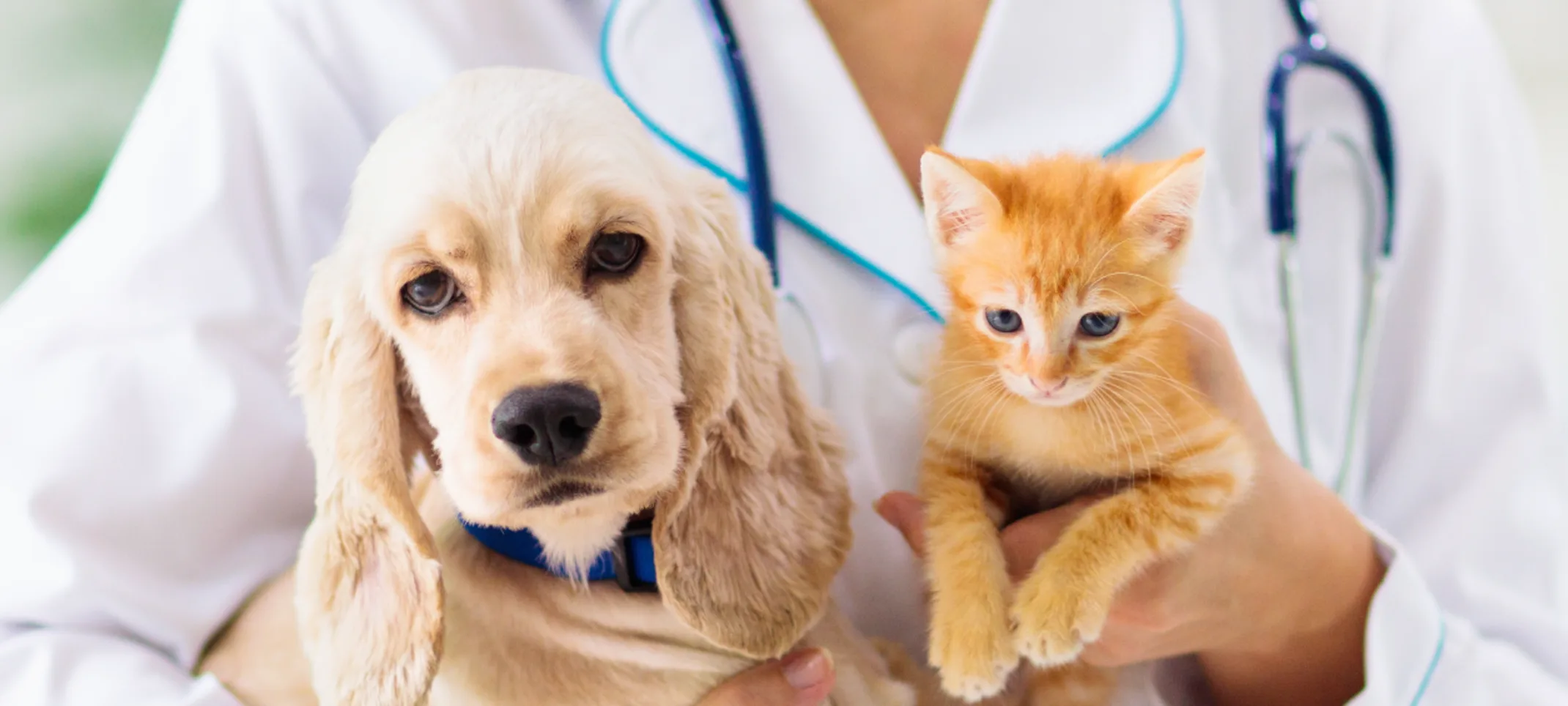Animal Specialty & Emergency Center of Brevard
Leptospirosis
Leptospirosis is a bacterial disease that can affect both humans and animals, including your pets. Virtually all animals run the risk of catching Leptospirosis.

While occurrence among pets was rare for several years, the disease has been diagnosed more frequently as of late.
Infection in Pets
The bacteria that cause Leptospirosis are spread through the urine of infected animals, which can get make its way into water or dirt and can survive for up to 3 months. Humans and animals can become infected through contact with contaminated urine or body fluids (except saliva), water, or dirt. The bacteria can get into the body through broken skin or mucous membranes (eyes, nose, or mouth). Contaminated drinking water can also lead to infection. Infected animals may continue to shed the bacteria into the environment continuously or every once in a while for a few months but up to several years.
Because of increased building and development into areas that were previously rural, pets may be exposed to more wildlife, such as raccoons, skunks, squirrels, opossums or deer. Dogs also may pass the disease to each other, but this is more rare. If your pet is infected, it most likely came into contact with the bacteria in the environment or was exposed to an infected wild animal. Your pet may have drank, swam or walked through water contaminated with the bacteria.
Signs and Symptoms of Leptospirosis:
The clinical signs of Leptospirosis vary widely. Sometimes pets do not have any symptoms at all. Common clinical signs have been reported in dogs. These include:
Fever
Vomiting
Abdominal pain
Diarrhea
Anorexia
Lethargy
Stiffness
Severe muscle pain
Infertility
Leptospirosis usually effects younger animals more seriously than older animals.
If you think your pet may have Leptospirosis, contact your veterinarian immediately. Your veterinarian can perform tests to determine whether or not your pet has the disease.
Treatment for leptospirosis:
If your pet has been confirmed by your veterinarian as having leptospirosis, the appropriate action to take will depend on the nature of contact with your pet. Normal daily activities with your pet will not put you at high risk for leptospirosis infection. Types of contacts that are considered to be high risk include:
Coming into contact with urine, blood or tissues of your pet while he or she is infected.
Assisting in the delivery of newborns from an infected animal.
If you have had these types of high-risk contacts with your pet during the time of its infection, contact your physician and get tested for Leptospirosis.
Leptospirosis is treatable with antibiotics. If an animal is treated early, it may recover more rapidly and organ damage can be avoided or minimized. Depending on the severity of the infection, additional therapy such as dialysis and fluid infusions may be required.
The time between exposure to the bacteria and development of disease is usually 5 to 14 days, but can be anywhere from 3 to 30 days.
How to Prevent Leptospirosis:
To help prevent Leptospirosis infection, keep rodent problems (rats, mice, or other animal pests) under control. Rodents can carry and spread the bacteria that causes this disease.
Get your pet vaccinated against Leptospirosis. While the vaccine does not provide 100% protection, it does make your pet less susceptible to the disease and can give your pet an advantage in fighting off a Leptospirosis infection.
Pet owners should also take steps to prevent themselves and others from becoming infected with the disease due to an infected pet.
In some instances, shedding of Leptospires in the urine may persist for as long as 3 months after infection as a result of inadequate or lack of treatment. Always contact your veterinarian and your physician if you have concerns about a possible exposure to an infected animal.
In addition, be sure to follow the below prevention guidelines:
If you need to have contact with animal tissues or urine, wear protective clothing (gloves, boots and protective eyewear, mask covering nose and mouth) especially if you are occupationally at risk (veterinarian, farm worker, garbage collector, sewer worker).
As a general rule, always wash your hands after handling your pet or anything that might have your pet’s excrement on it (bedding, poop scooper, litter box).
Use an antibacterial cleaning solution or a solution of 1 part household bleach in 10 parts water to clean surfaces that may be contaminated or have urine from an infected pet on them.
Be sure that your infected pet receives all of the medication prescribed by the veterinarian and follow up with your veterinarian to be sure the infection has resolved completely.
